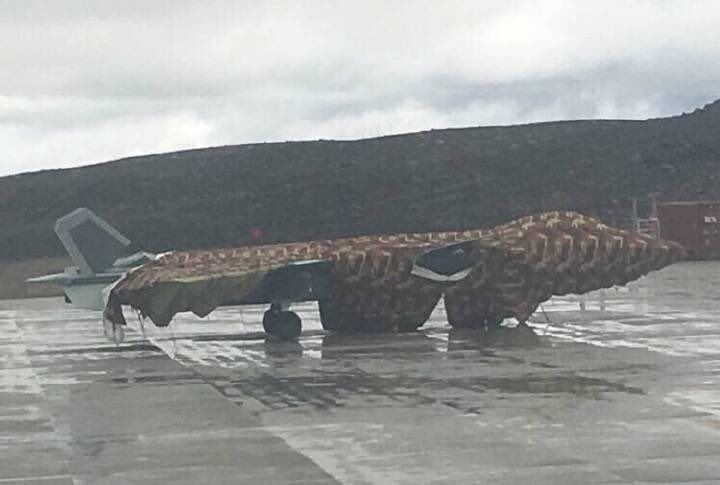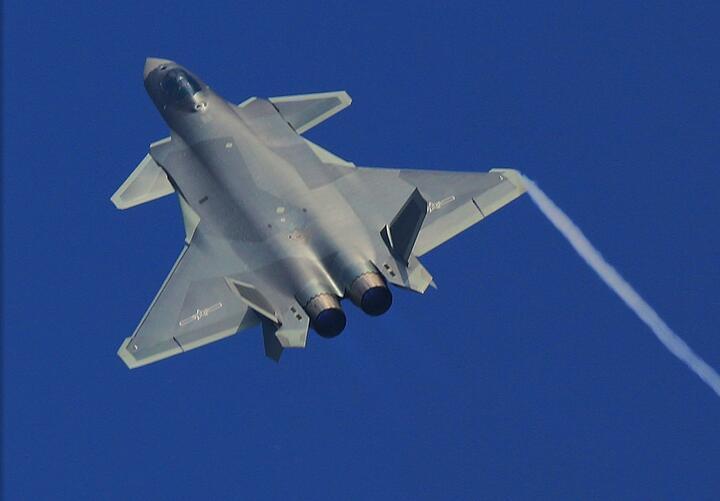The Surest Measure of How China's Economy Is Losing
By Derek Scissors
November 29, 2016
American presidential elections are a patchy time for the use of facts. It turns out presidential transitions are, too. Donald Trump as president-elect has triggered a slew of comments and articles about China’s pending leadership of the world economy. Journalists and pundits may value words over money; economists should not.
There are data, grounded in real-world calculations, that show China’s economic importance falling -- not rising slowly, nor staying stable, but falling. The most important indicator is net private wealth, which is the single best measure of a country’s economic size and of the pool of resources available to its public sector for military or social spending.
In work dating back to 2000 and carried out with no geo-economic agenda, Credit Suisse has estimated private wealth. The new estimates, through the middle of 2016, show American private wealth at $84.8 trillion and Chinese private wealth at $23.4 trillion. Moreover, the gap is widening. With $60 trillion less in private wealth than the United States, China’s global economic leadership is a fable.
Private Wealth
There are of course more facts to bring to the argument at hand than the Credit Suisse data, but the latter are an excellent place to start. The data series is well behaved statistically, which means it has credibility. It is measured globally, so shares can be calculated. The result: the People’s Republic of China’s level of private wealth actually fell from mid-2015, both in amount and in share.
This year’s estimate could obviously be revised. Moreover, the PRC is huge and the margin of error in estimating its private wealth is likely over $1 trillion. But a decline is consistent with reports both of heavy capital outflow and surging debt. Even stability would emphatically not be the large annual gain many implicitly assume when discussing China’s economy.
Since the world economy as a whole is not doing well, the PRC’s performance could be typical. It is not: China’s global share of private wealth fell from 9.5 percent to 9.1 percent. As a more comprehensive global figure rather than national, this is less vulnerable to measurement errors. China is probably underperforming the global average in private wealth.
Margin of error means very little in Sino-American comparisons, because the gap between the two economies is so large. Credit Suisse shows U.S. private wealth adding $1.7 trillion over the previous year, expanding its enormous lead over China. America’s share held at nearly one-third of the global total. (It’s worth noting that Credit Suisse’s raw number is lower than the Federal Reserve’s figure for U.S. household net worth.)
All of this may seem unbelievable to those fed a steady diet of China’s inexorable rise. In fact, a longer view from Credit Suisse does show China’s rise. At the end of 2000, the PRC’s private wealth was only $4.6 trillion and its share was 4 percent. The US numbers were $42.3 trillion and 36.2 percent. The PRC has narrowed the gap significantly since then.
Popular perception begins to go wrong at the beginning of this decade. America’s global wealth share hit a low of 26.9 percent at the end of 2009. It has since outpaced the increase in China’s global share. The key event was when growth in the PRC’s share stalled at the end of 2013. For at least a decade prior to 2010, China outran the United States. For the past six years, the United States has matched China in wealth growth, and for the past three years, the United States has outpaced it.
The Public Sector
By now, the private wealth results should no longer be controversial. China’s economic challenges are becoming clear to everyone. Meanwhile, America’s economic challenges are not about total wealth, but rather are about distribution and economic participation. At the national level, the true controversy comes in the task of assessing public-sector wealth.
At 30,000 feet, it’s easy to be accurate. Both economies now face mountains of public or semi-public debt. Both governments own a great deal of hard-to-evaluate land. China, thanks to its huge state-owned enterprises, has much more in the way of public financial assets. The huge American advantage on the private side narrows when the public sector is included.
What’s tricky is determining the exact figures. The Communist Party suppresses reports of the PRC’s debt problems. The United States does an uneven job of evaluating public-sector assets. Using Federal Reserve data, U.S. net national wealth was $81.1 trillion in the middle of 2016. That net wealth was smaller than seems to make sense in light of federal debt.
The Fed’s figure, however, is based on higher U.S. private wealth than Credit Suisse finds, which obscures the comparison to China. And the Fed may overstate the value of nonfinancial assets versus financial debts. Trying to correct for these issues generates a U.S. net wealth figure of $74.3 trillion to compare to China.
For the PRC, gross public-sector assets seemed consistently measured over time. They are reported to have passed $19 trillion by the middle of 2016. The state owns most land. It is difficult to assign value to large amounts of land, including in the United States, because mass sales would cause prices to plummet. It is made more difficult in the PRC by a highly distorted market. This is a source of error on the asset side.
Debt is also in question, where independent estimates typically measure national debt rather than public. Formal central and local government debt of over $4 trillion is minor and receives far too much attention. There’s more than twice as much debt held by state-owned enterprises, and perhaps much more in addition that is going unreported. This is another source of error.
China’s net wealth figure is therefore harder to figure than that of the United States. The number is above $27 trillion, with $27.4 trillion the best guess. In the middle of 2016, the wealth gap between the United States and China was close to $47 trillion.
What About GDP?
Whether wealth exaggerates the U.S. economic lead is a fair question. For decades, China has reported much faster growth in gross domestic product. By 2015, the difference in the two countries’ GDP measured only $7 trillion. But GDP shows activity, not prosperity. For example, if a building is built and torn down over and over, every senseless iteration adds to GDP.
If this criticism seems like a stretch, it’s less of one in the PRC, as evidenced by what would be a property bubble anywhere else. More generally, it is telling that China can report GDP growth above 6.5 percent, yet independent observers see stagnant private wealth, and even the government admits debt has soared for six years. China has a very active economy, but not a very productive one.
There are other reasons to de-emphasize GDP. GDP per capita has no meaning -- it cannot be spent or saved. What is spent or saved is actual income, the building block of wealth. The Chinese government itself puts 2015 disposable income at an average of $3,400. The equivalent U.S. figure was $42,600. Adjusting for population, this is very much in keeping with the national wealth numbers.
The last refuge of scoundrels on this topic is called purchasing power parity. The basic idea is that the PRC’s $3,400 buys more than America’s $42,500. This is very possibly true, but PPP assumes a very strong form of competitive pressure that creates a single price for the same goods and services globally. Much Chinese economic policy remains aimed at suppressing competition, and Chinese economic size cannot be adjusted using PPP.
The Future
The once-fashionable question of when China will pass the United States in economic size has given way to wondering if it will ever happen. The answer is, not for decades and probably never. The last 16 years considered as a whole have seen China gain ground on the United States in its share of global private wealth, but not in the absolute amount. More recently, as the PRC’s debt jumped, there’s been no catch-up at all.
Even granting a large margin of error in wealth estimates, China is in no condition to close the gap. The reason is that the Party began abandoning market-based reforms no later than the end of 2006 and doubled down on state primacy when the global financial crisis hit. Not coincidentally, Chinese performance began to deteriorate fairly soon thereafter, and it remains sluggish.
A China that re-embraces market-driven reform can return to the 2000’s and again creep up on the United States in economic size (faster, if the United States does not address its own problems). But for now, and for many years to come, the idea that China can be the leading global economy is off by tens of trillions of dollars.
The views expressed are the author's own.








